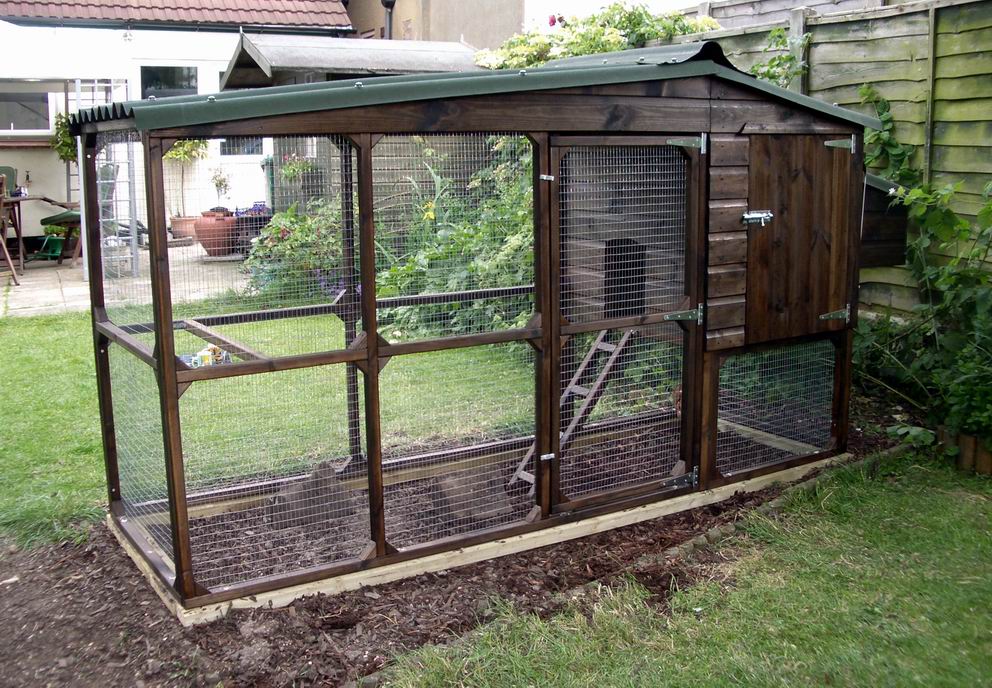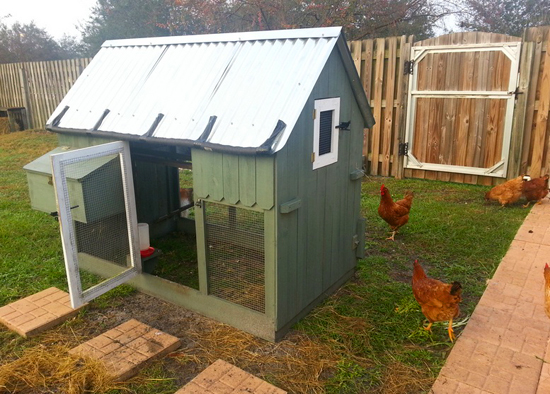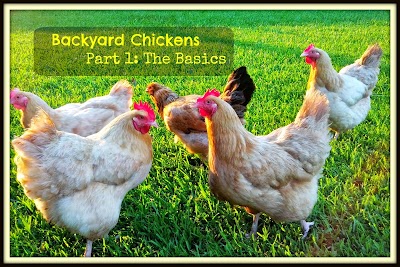Backyard Chickens, Part 1: The Basics
Getting Started- What you Need
Before you get chickens, you need to have the stuff. Part 1 of chickens basics will cover all of the necessary gear to have a happy, healthy chicken flock.
Feeders
You will want to get a chicken feeder. The most common is a stand up feeder. These work well, but sometimes the chickens knock them over, in which case you may want to look into a hanging feeder. There are even fancy PVC pipe feeders if want to go all DIY on the project.


Waterers
Once again, there is the basic waterer that sits on the ground, but water can get easily contaminated when chickens kick dirt or hay in there. Also, get a large waterer because chickens drink more than you think. What we ended up using was a 5 gallon dog waterer, and our chickens love it!


Feed
When chicks are little, which is 6 weeks old or less, they eat starter feed, which is small granules. Once they are over six weeks old, chicks can eat regular pellet feed. And then around 5 months old, you want to start giving them laying feed, which has added protein for healthy egg production.


Chicken Coop
The coop can look like anything, I mean anything! You can buy one prefabricated that you assemble, build one yourself, or even contract it out. Your coop will depend on what you plan on doing with your chickens. If you are keeping your chickens enclosed, you will need about 4 square feet of coop space per chicken, plus 10 square feet of run space. The coop is the covered part of the chicken home, while the run is the area exposed to fresh air and sunlight but still fenced in. The one below is fully enclosed and would hold two full-sized chickens.

If you plan on free ranging the chickens, then the coop can be much smaller. Free ranging means that the chickens are free to roam your yard. If the back yard is fenced in, then you can have a coop that they enter and exit freely and roam the yard as they please. This is the set up that we have, and we love it. For a free range coop, you only need to make sure that you have one foot of roosting space per chicken. A roosting stick is a wooden stick (like a broom handle) for the chickens to sit on while they sleep.

Another option is a chicken tractor. With a chicken tractor, you keep a few chickens in a movable coop/run that you move from place to place in your yard each day so that the chickens can eat grass and bugs without having free range of the yard. Lots of options to think about!

Roosting Stick
We already discussed this, but you need one foot of roosting space per chicken in the coop. Any stick can be used, but wood is best for the chickens to be able to hold onto. Make sure you have a roosting stick low enough for the young chickens to reach as well as a few higher ones for when they get older. Different chickens will prefer different heights. They like to perch and sleep on these.

Other
Other needs depend on how young you get your chickens. You can begin with laying hens, in which case you would need nesting boxes. If you start with eggs, you would need an incubator. If you begin with day old chicks, you will need a box with a heat lamp until they grow their feathers.
Chickens
I almost forgot! You will also need chickens! There are lots of different kinds of chickens, but that is a post for another day. There are different breeds for different things- good layers, dual purpose that can also be used for meat, cold hardy, heat hardy, different colors (chickens and eggs), loud, friendly, flighty, etc. Do some research to find the breed that is right for you.
That's the basics of what you need for chickens- it's pretty basic! But really, the best way to get started and learn is to just get some chickens and go for it!

Comments
Post a Comment